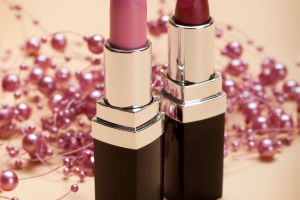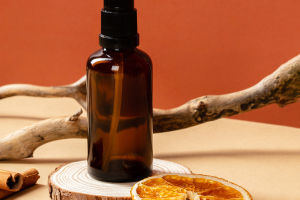In today's world, where self-care routines are increasingly valued, crafting your lip balm offers a unique opportunity to indulge in creativity while naturally nourishing your lips.
With simple ingredients and fundamental knowledge, anyone can create a personalized lip balm tailored to their preferences and needs.
This essay will delve into the art of making lip balm, exploring the ingredients, techniques, and benefits of DIY lip care.
Ingredients: The beauty of making your lip balm lies in its simplicity. Essential lip balm recipes typically call for just a few key ingredients:
Beeswax: Acts as a natural emollient, sealing in moisture and protecting the lips from harsh environmental conditions.
Coconut oil or shea butter: Provides deep hydration and helps soften the lips.
Essential oils: Optional for fragrance and additional nourishment. Popular choices include peppermint, lavender, and citrus oils.
Vitamin E oil: Offers antioxidant properties and helps extend the shelf life of the lip balm.
Techniques: Making lip balm at home is a straightforward process that requires minimal equipment. Here's a simple step-by-step guide:
Measure the desired quantities of beeswax, coconut oil or shea butter, and vitamin E oil.
Mix the beeswax, coconut oil, or shea butter in a double boiler or microwave-safe container, stirring until thoroughly combined.
Once melted, remove the mixture from the heat and add a few drops of essential oil for fragrance, if desired.
Carefully pour the liquid lip balm into small containers, such as lip balm tubes or tins, and allow it to cool and solidify before use.
Benefits: Crafting your lip balm offers many benefits beyond simply providing moisturized lips. Here are a few reasons to consider making your lip care products:
Customization: By making your lip balm, you have complete control over the ingredients, allowing you to tailor the recipe to suit your preferences and address any specific concerns, such as sensitive skin or allergies.
Cost-effectiveness: Homemade lip balm can be significantly cheaper than store-bought alternatives, especially in bulk quantities. Plus, you can reuse containers to reduce waste further.
Natural ingredients: Commercial lip balms often contain synthetic additives and preservatives that may not be suitable for everyone. Using natural ingredients, you can avoid potentially harmful chemicals and enjoy the peace of mind of knowing exactly what you're putting on your lips.
Sustainability: Making your lip balm reduces reliance on single-use plastic packaging and supports a more sustainable approach to personal care.
Crafting your lip balm is a rewarding and enjoyable endeavour that allows you to nourish your lips while expressing your creativity naturally.
With just a few simple ingredients and some basic techniques, anyone can whip up a batch of personalized lip care products that are both effective and eco-friendly.
Whether you're looking to save money, minimize your environmental footprint, or indulge in self-care, making lip balm at home is a beautiful way to pamper yourself while promoting healthier lips.
Expanding on the benefits of homemade lip balm, it's worth noting the therapeutic aspects of crafting your beauty products. Mixing and blending ingredients can be a calming and meditative experience, providing a welcome break from the hustle and bustle of daily life.

